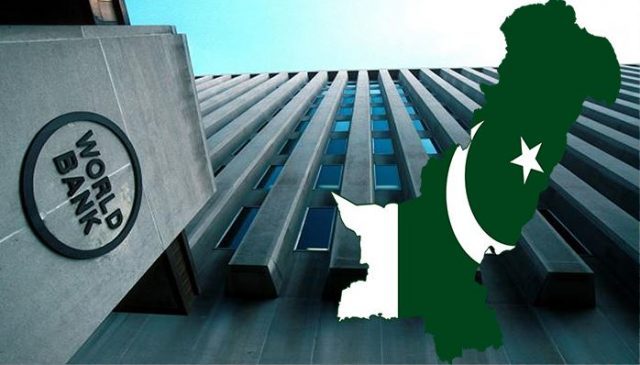When it comes to social welfare measures, the government of Pakistan is often reliant upon aid and grants from international bodies. This aid and financing not only ensures a much needed development expenditure that the government is not ready to carry out but also injects forex into the country, something that Pakistan always seems to be in the need of.
In a similar move towards bolstering Pakistan’s renewable energy sector, the World Bank has approved an additional $1 billion in financing for the Dasu Hydropower Stage I (DHP I) Project, as committed last year. This funding, approved by the World Bank’s Board of Executive Directors, aims to expand hydropower electricity supply, enhance local socio-economic services, and strengthen the Water and Power Development Authority’s (WAPDA) capacity for future hydropower projects.
Addressing Pakistan’s Energy Challenges
Pakistan’s energy sector has long been plagued by challenges such as affordability, reliability, and sustainability. Najy Benhassine, the World Bank Country Director for Pakistan, highlighted the transformative potential of the Dasu Hydropower Project. “The DASU Hydropower Project site is one of the best hydropower sites in the world and is expected to be “a game changer” for the Pakistan energy sector. With a very small footprint, the DHP will contribute to ‘greening’ the energy sector and lowering the cost of electricity,” said Benhassine.
According to National Electric Power Regulatory Authority’s (NEPRA) 2022 yearly report, Pakistan’s total installed power generation capacity is 43,775 MW, of which 59% of energy comes from thermal (fossil fuels), 25% from hydro, 7% from renewable (wind, solar and biomass), and 9% from nuclear. This project increases the generation capacity by at least 10% and hydro share by more than 5%.
Project Overview and Impact
Located on the Indus River near Dasu Town in Upper Kohistan District of Khyber Pakhtunkhwa Province, the Dasu Hydropower Project (DHP) is being developed in stages. Stage I (DHP-I) will have a capacity of 2,160 MW and is expected to generate 12,225 gigawatt hours (GWh) of renewable energy annually. Upon completion, the entire project, including DHP-II, will contribute a total installed capacity of 4,320–5,400 MW, significantly boosting Pakistan’s renewable energy output.
The project is a run-of-river initiative on the Indus River. It is located 74 km downstream of the proposed Diamer Bhasha Dam site and 345 km from Islamabad. The World Bank is financing this project and it is a key priority under Pakistan’s Power Policy 2013 and Vision 2025.
With the country facing a shortfall of more than 8000 MW in the ongoing summers, the project adds much needed clean electricity to Pakistan’s energy mix. It is also important to note that this new generation company will also mean an increase in capacity payments and hence the total pool of energy cost. The project does not do much for the problem of line losses, however the World Bank is set to invest in similar projects that aim to solve that particular problem as well.
Economic and Environmental Benefits
Rikard Liden, the Task Team Leader for the project, emphasized the financial and environmental benefits of the additional financing. “DHP-I is an essential project in Pakistan’s efforts to reverse its dependence on fossil fuels and reach 60 percent renewable energy by 2031,” Liden noted. The financing is projected to save Pakistan approximately $1.8 billion annually by reducing reliance on imported fuels and to offset around 5 million tons of carbon dioxide. The annual economic return of DHP-I is estimated to be around 28 percent.
Socio-Economic Development
Beyond energy generation, the additional financing will support various socio-economic initiatives in Upper Kohistan. Since 2012, the project has facilitated a 30 percent increase in adult literacy, a 16 percent rise in boys’ schooling, and a remarkable 70 percent increase in girls’ schooling, as per the World Bank.
The project’s community development activities include improvements to roads, irrigation schemes, schools, medical facilities, mosques, bridges, solar energy systems, and the establishment of science laboratories and libraries. Special attention is given to women beneficiaries through free healthcare clinics, training for female health workers, and programs focused on livelihoods, literacy, health, and hygiene.
Long-Term Commitment
The World Bank has a long-standing relationship with Pakistan, having been a member since 1950. Over the decades, the World Bank has provided over $46 billion in assistance, with the current portfolio comprising 55 projects and a total commitment of $14.7 billion.
The World Bank’s additional $1 billion financing for the Dasu Hydropower Project marks a significant step towards sustainable and affordable energy in Pakistan. This investment addresses the pressing energy challenges and also supports extensive socio-economic development, promising a greener and more prosperous future for the region.
























